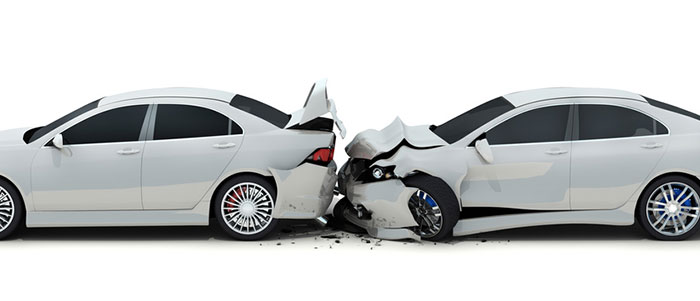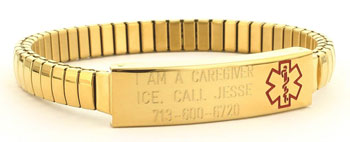
As a family caregiver, you have probably thought a lot about your loved one’s safety. Perhaps you have even gotten him or her a wearable call button for medical emergencies.
But what if something happens to you? For instance, a car accident on the freeway? Or a trip-and-fall incident in a parking lot? How will emergency responders know that someone is depending on you for their health and safety?
A caregiver wallet card or bracelet provides a solution. A wallet card is something that you can make at home. It can include more information than a bracelet. But it must be with you at the time of the critical incident. (Did you bring your wallet with you on your walk this morning?) An ID bracelet, on the other hand, can be worn all the time.
 Information to include. At a minimum, your ID should state: “I am a caregiver. ICE call [name, phone number].” “ICE” is short for “in case of emergency.” The idea is that this ID includes the name and phone number of an alternate caregiver who can step in. Of course, let your alternate know they are your backup and may get a call.
Information to include. At a minimum, your ID should state: “I am a caregiver. ICE call [name, phone number].” “ICE” is short for “in case of emergency.” The idea is that this ID includes the name and phone number of an alternate caregiver who can step in. Of course, let your alternate know they are your backup and may get a call.
A more complete ID provides additional information:
- I, [your name], care for my [mother/father/aunt/spouse, etc.],
- [name of person you care for].
- Please call [name of alternative caregiver] at [phone number] to take care of him/her.
You might also identify your relative’s most critical medical need. For instance, specifying if he or she is an insulin-dependent diabetic, or has dementia, or is wheelchair bound.
Ideally, your relative might wear a similar ID bracelet or have a wallet card. This one would list his or her name and immediate medical needs. It would also list you as the first contact and an alternate if there is room.

